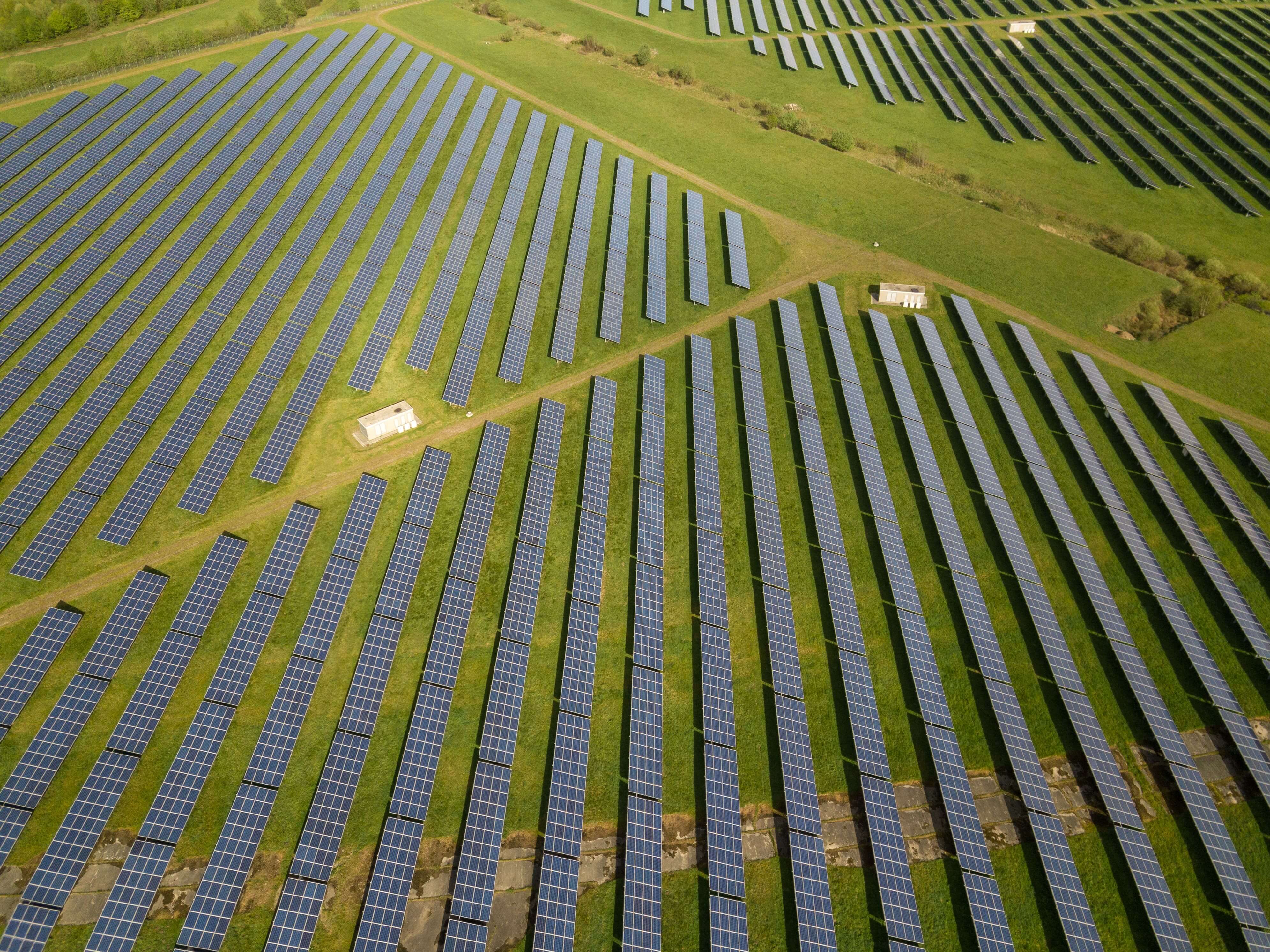With a newly revived impetus to strive towards combating climate change, there is every reason to look towards the sun for answers!
Not just figuratively, but even literally. As the all-encompassing force of nature, tapping the potential of solar energy has been in serious consideration since the 1970s. Government grants across the globe are now making it possible to look towards a sustainable future that need not cost a fortune. But with several alternative options available, there is a considerable debate about the cost-effectiveness and technical efficiency of the systems in place, apart from convenience.
Of the three primary renewable energy sources (Hydro, Solar, and Wind), Solar has had the highest growth rate over the years. According to the Renewable Capacity Statistics 2019, solar accounted for a whopping 24% of the increase in global renewable energy (about 94 GW). The incredible growth is a testament to the success of solar across the globe. This gospel about a hopeful future can be attributed to several advantages of solar energy:
1. Solar is everywhere
Besides the obvious advantage of solar being a truly clean energy source, it is also the most abundant and truly renewable energy source. There’s hardly a place on the planet that solar can’t reach. If one hour of the available solar energy is captured, it can power the entirety of humanity for a whole year.
2. Pocket-friendly
Contrary to popular belief, solar energy is, in fact, cheaper than fossil fuels now. In 1977, it cost an average of $77 to generate one watt of electricity through solar. Now, we’re seeing numbers as low as $0.21 per watt. This massive cost reduction can be attributed to technological advances and mass production. Government grants and tax incentives further lower the costs, even initial investments for larger projects.
3. Short time of deployment
Even including the time of approval for large programs, solar is one of the shortest and most effective sources of energy to deploy. One of the best examples of this advantage is what Tesla did to revive Puerto Rico after Hurricane Maria devastated the territory in 2017. Soon after the disaster, the energy crisis hit hard. To restore electricity supply to binding sites such as hospitals, Tesla took the rapid response approach and built small solar plants across the island in weeks!
4. Democratization of electricity
Solar can make you live grid-free. From tiny homes to large commercial sites, solar can be utilized anywhere. There have been several initiatives of solar community projects which now have complete control over their electricity consumption. What’s truly endearing is that some can directly sell back unused electricity, thanks to advances in storage solutions! With IoT and automation, community-scale solar projects are the future. It is not far-fetched to claim that solar energy has been a beacon of home for remote and inaccessible townships and villages across the globe.
5. Low maintenance
With no moving parts, maintenance of solar panels falls back to the bare minimum of cleaning and upkeep of wiring. Solar is a perpetual energy source that comes closest to the set it and forget it approach, significantly adding to the convenience aspect.
6. Scalability
Once you have the initial set-up completed, expansion is a breeze when it comes to solar. With no problem in terms of significant requirements, solar can be utilized anywhere where the sun’s rays shine bright.
7. Immediate savings
Even if you are in a colder or cloudier climate, solar can provide enough electricity to save the household electricity expenditure significantly. The most significant advantage is that one can effectively predict the rates of electricity bills even if consumption increases if the expansion of solar energy offsets the increase.
8. Diverse usage
One of the crucial advantages of solar energy is that it can be used as a heat source that can be converted to mechanical and electrical power (through solar thermal plants) or as a light source converted directly to electrical energy (photovoltaic cell technology). This proves to be highly beneficial as solar energy can be used in various applications, including water distillation, heating, lighting, cooking, etc.
While the one major disadvantage that is often cited concerning solar energy is that it is unpredictable, it must be noted that production directly correlates with the time of maximum demand. Advances in storage technology play a crucial role in balancing unpredictability. With several workarounds for commonly cited disadvantages, there’s hardly a reason to not embrace the path towards a cleaner, greener tomorrow. The future of energy lies in the hands of those who can claim self-sufficiency, and solar provides everything we need to get there.

